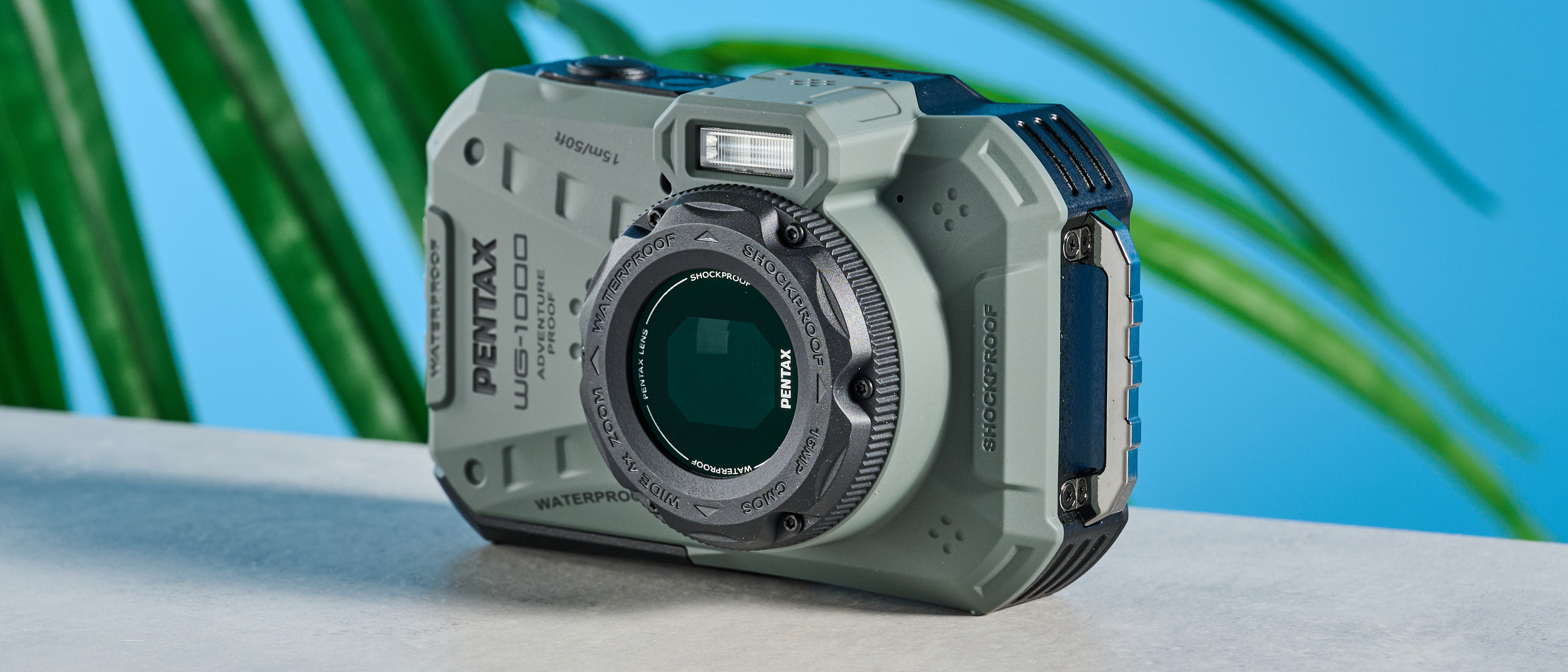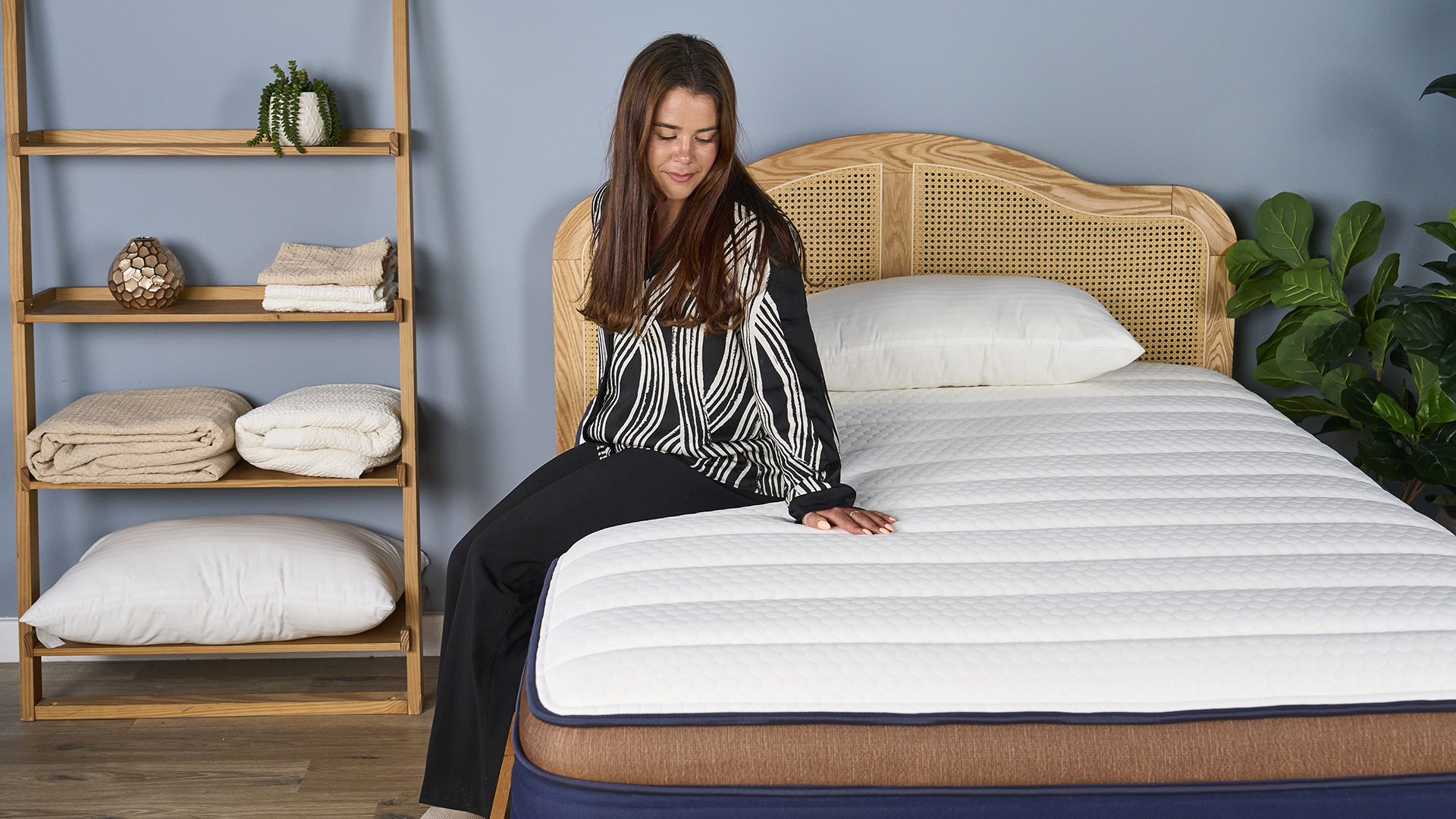Tom's Guide Verdict
Looking for a camera that can withstand any condition or circumstance? Enter the Pentax WG-1000. While the shots the camera produces aren’t the sharpest, there is no compromise on color and vibrancy. You can get up to 300 shots from a single charge and the variety of shooting modes mean you’re covered in any situation. The lack of stabilization when shooting video isn’t great, but is less problematic for stills.
Pros
- +
Great vibrant colors
- +
Modes and settings for any eventuality
- +
Compact and portable
- +
Good autofocus
- +
Waterproof, dustproof and shockproof
Cons
- -
Unsteady in video
- -
Washed out in bright lighting
- -
Noisy videos
Why you can trust Tom's Guide
I definitely have a soft spot for compact digital cameras. From taking my hot-pink Fujifilm Finepix everywhere with me when I was younger, to buying cheap TikTok shop cameras to document my college days. The best cheap cameras can help you relive amazing adventures or have new ones, and the Pentax WG-1000 does just that.
The rugged design of this camera means you can take it with you on rainy and windy adventures across rough terrain and not worry about water damage or scratching it up. You can get up to 300 shots on a single charge, ensuring preparedness for any eventuality on your adventures.
The images and vivid colours produced by this camera in natural lighting are impressive given its small sensor, although it does struggle in extreme lighting conditions. The camera’s electronic stabilization is poor for shooting video, but the WG-1000 is more about ruggedness than vlogging.
Find out more in my full Pentax WG-1000 review.
Pentax WG-1000 review: Specs
Price | |
Sensor | 16.76MP / 1/2.3-inch CMOS |
Stabilization | Electronic |
AF system | TTL autofocus system with contrast detection |
Focal length | 4.9 - 19.6mm |
Focal range | 0.6m - ∞ (Wide) / 1m - ∞ (Tele) |
Aperture | F3.0 (Wide) / F6.6 (Tele) |
Zoom | 4x optical zoom / 6x digital zoom |
Viewfinder | No |
Display | 2.7-inch color LCD screen |
ISO range | 125-3200 |
Max video resolution | 1080p / 30fps |
Waterproof | Up to 15m for 1 hour / JIS waterproof grade 8 |
Dustproof | JIS dustproof grade 6 |
Shockproof | 2m / 6.5 feet |
Internal storage | 29MB |
Ports | USB-C / micro USB 2.0 / 1x SD/SDHC/SDXC memory card |
Max shutter speed | 1/2000 - 4 sec. / 30 sec. (Manual) |
Battery life (CIPA) | Approx. 300 shots |
Size | 4.6 x 2.7 x 2.0 inches (including lens depth) |
Weight | 220g |
Pentax WG-1000 review: Price & availability
The Pentax WG-1000 is available for $196 at Amazon U.S. / £249 at Amazon U.K., which is a little more expensive than the reasonably priced Kodak PIXPRO WPZ2 ($179) which has similar rugged capabilities.
The camera I tested was in an olive green color, but the WG-1000 comes in grey too. I prefer these understated colors to vibrant popping colors the Kodak is available in.
Pentax WG-1000 review: Design & build
Although the Pentax WG-1000 may not get points for beauty, it certainly looks like it could survive a weekend with Bear Grylls in the most treacherous of conditions.

The all-weather body is waterproof down to 15m for one hour of continuous usage. The IP6X rating also means that the camera is dustproof against dirt and stains too.
The plastic is also incredibly durable and shockproof, which I can attest to being the clumsy butterfingers I am. I dropped it the second it was handed to me, but there were no bumps or scratches. Despite the body being entirely hard plastic, by no means does this camera feel cheap.
If you want to avoid dropping altogether, there are metal hooks on either side of the camera for two-point suspension, but a neck strap is not included. You do however get a carabiner strap to fasten it to the side of your bag for a hands free advantage, and a wrist strap to further negate any fumbles.
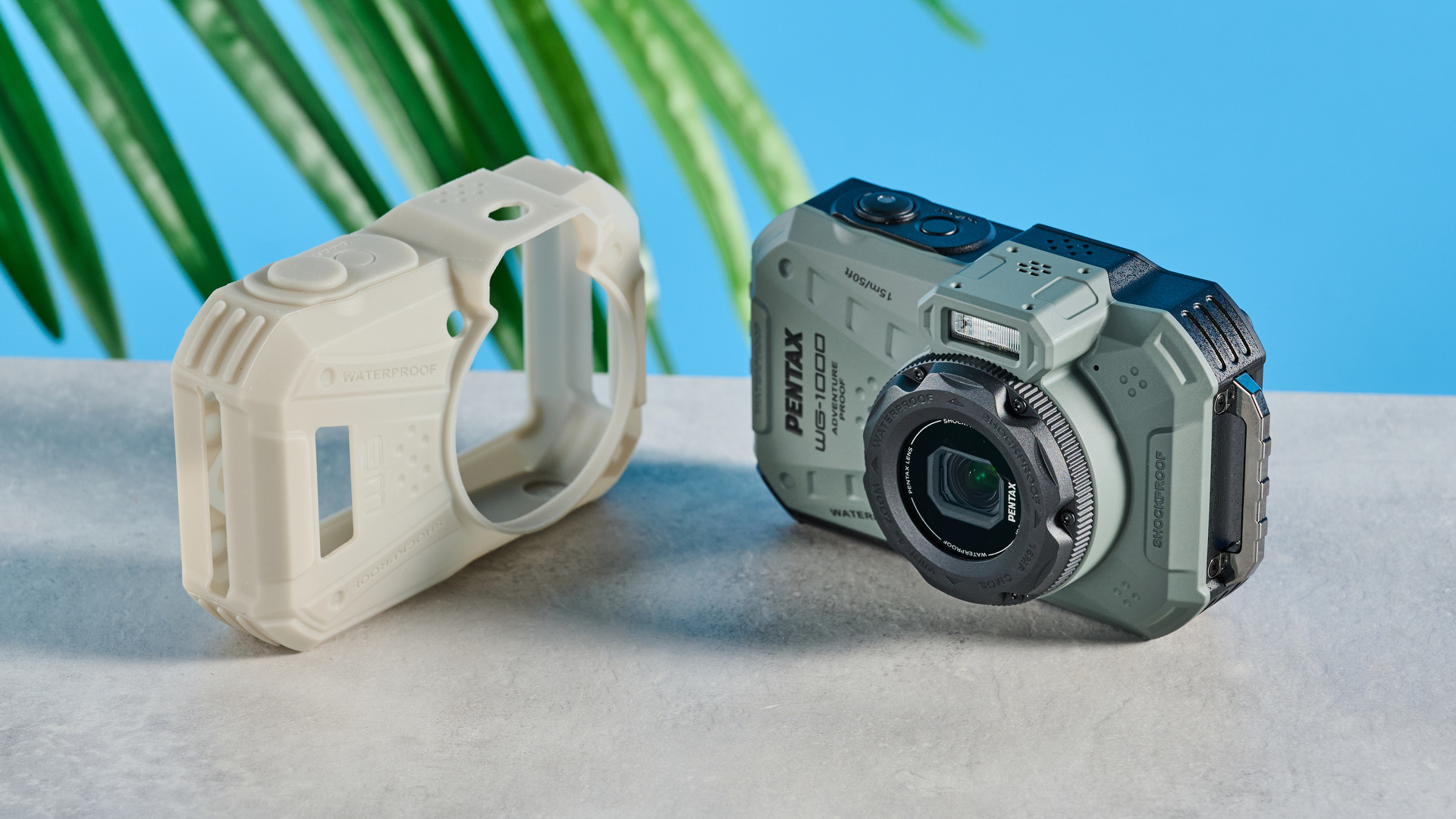
The Pentax WG-1000 comes with a silicone protector jacket to shield the body of the camera from scratches. However, this covers the symbols on the control buttons making it hard to operate if you haven’t memorized the functions.
Measuring 4.6 x 2.7 x 2.0 inches, the camera can easily be tucked into your pants pocket or thrown into your backpack without taking up a lot of space. There is a socket at the bottom for the camera to be mounted to a tripod.
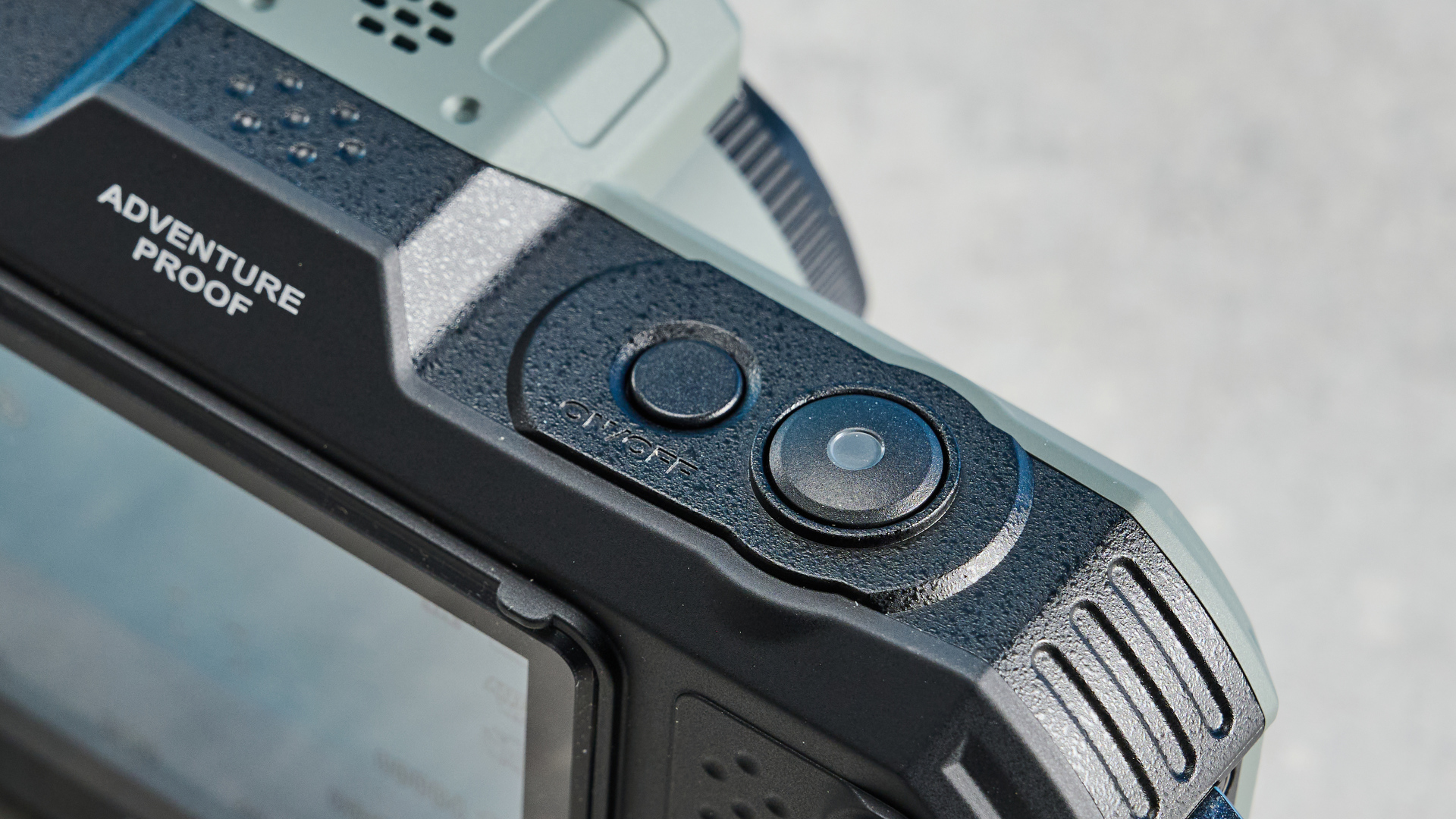
The watertight locking mechanism on the underside of the camera houses the SD card slot, rechargeable lithium-ion battery, and USB ports for both USB-C and micro USB.
Pentax WG-1000 review: Controls
Like most other compact cameras, the Pentax WG-1000 is easy to use as a straightforward point and shoot. The controls are laid out on the right of the LCD screen with the options for flash, macro, delete and display. There is also a record button on the right below the zoom functions while the power and shutter button sit on top of the camera.
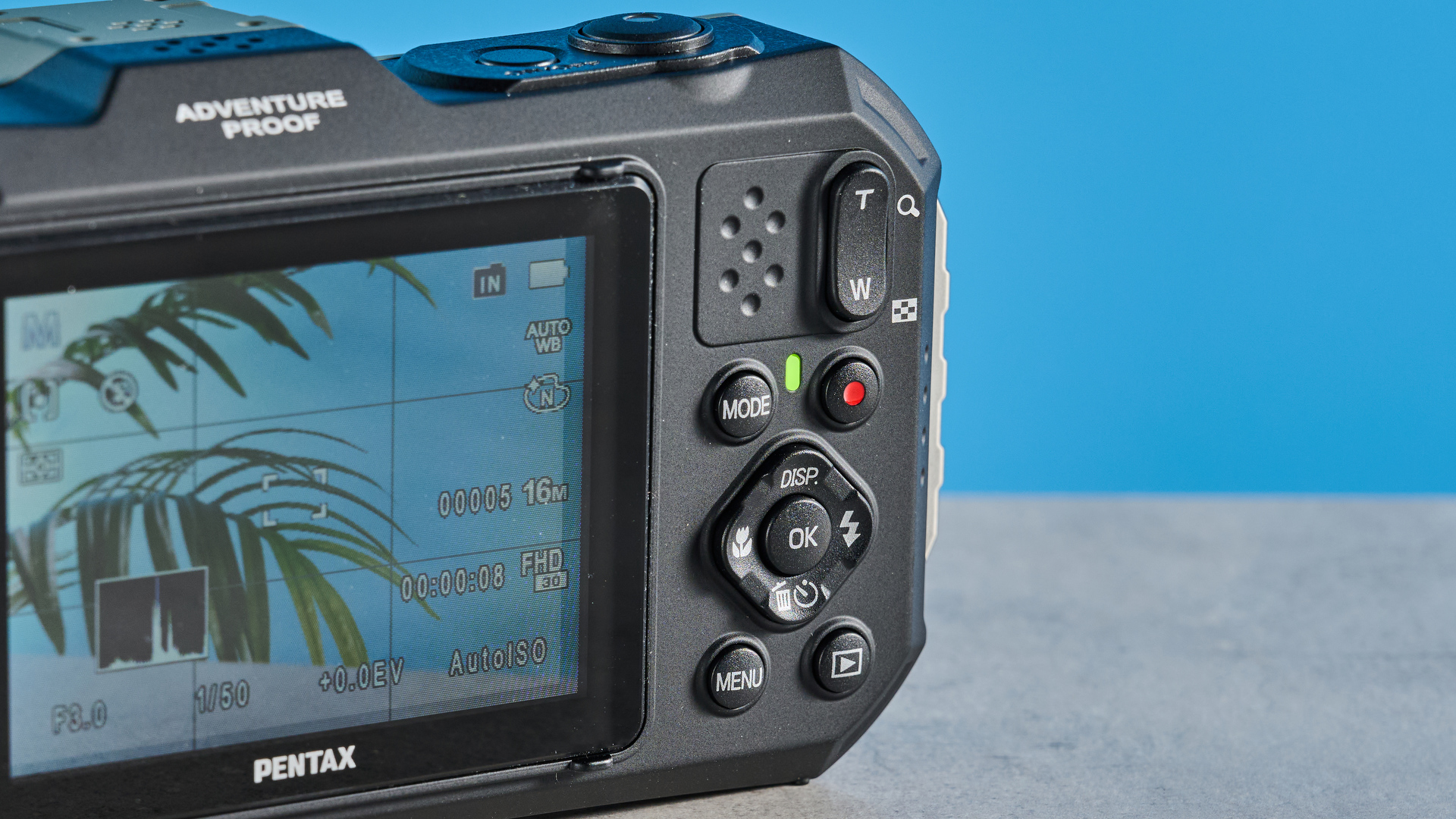
The camera is very responsive and I had no issues in using the buttons and commands. The camera has 7 modes to switch through including Auto, Manual and Underwater. Beyond this, Scene Mode has 18 different settings to best suit your current activity.
Pentax WG-1000 review: Lens & viewfinder
The Pentax WG-1000 has a 4.9-19.6mm zoom lens which corresponds to a 27-108mm zoom range on a 35mm full frame sensor. This gives you a nice wide angle at the 4.9mm end, suitable for group shots and landscapes, through to a telephoto field of view at the 19.6mm end if you need extra reach.
In addition to its 4x optical zoom, the camera is also equipped with a 6x digital zoom on top, giving you an extended zoom range of 24x. I took a picture of the fields on my run to demonstrate the various zoom levels.
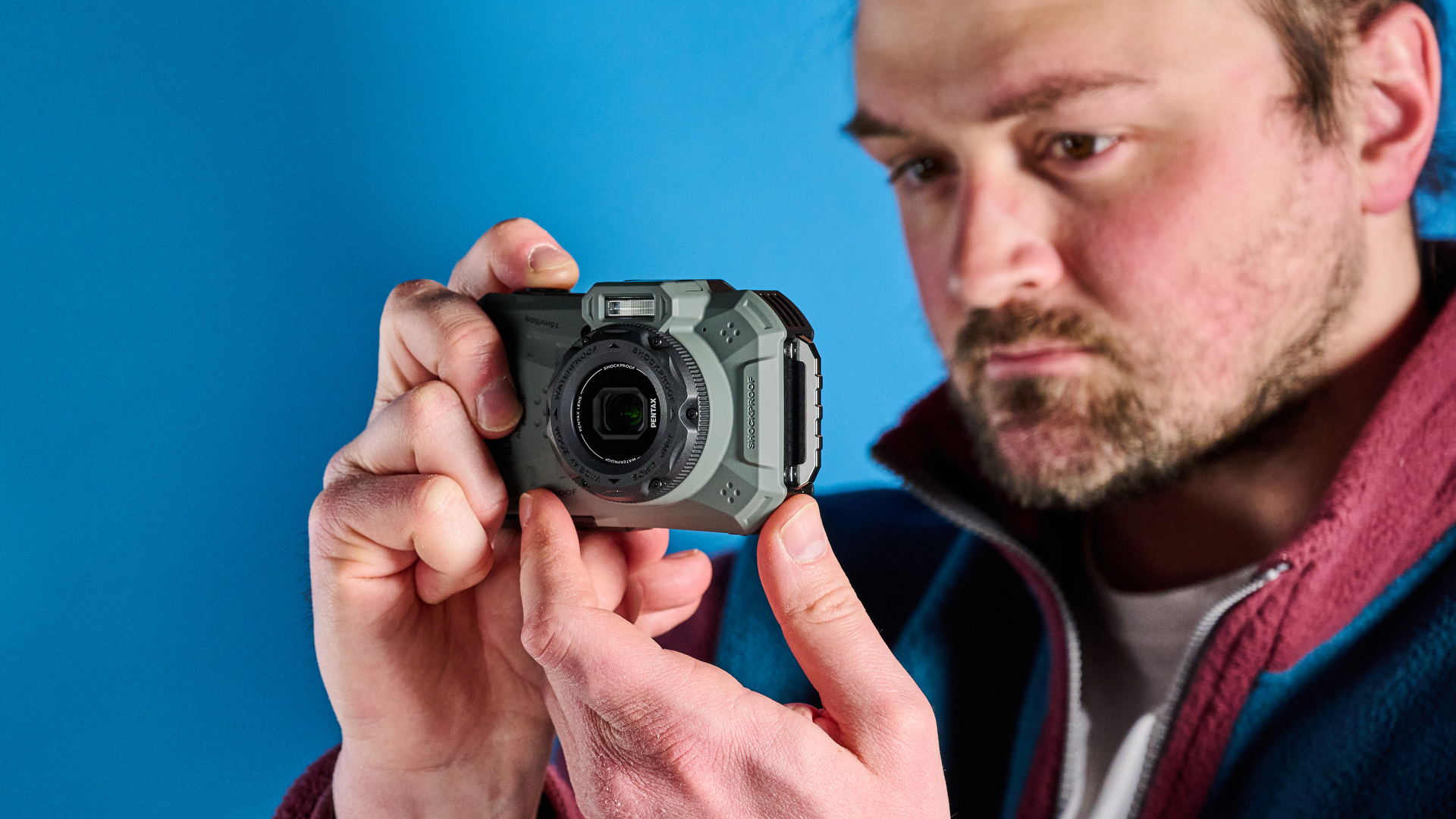
The first image below is taken with the 4.9mm lens and looks good, although there is some slight blurring at the peripherals thanks to the effects of barrel distortion (which is common from wide angle lenses).
The second image is taken at the 19.6mm end of the optical zoom range and the image is still extremely detailed. The amount of optical zoom this camera gives is very impressive, giving you lots of extra reach without detriment to image quality.
However, digital zoom is a different story. In the third image taken at the extended digital zoom range of 24x the colour has been totally drained, with resolution and sharpness destroyed.
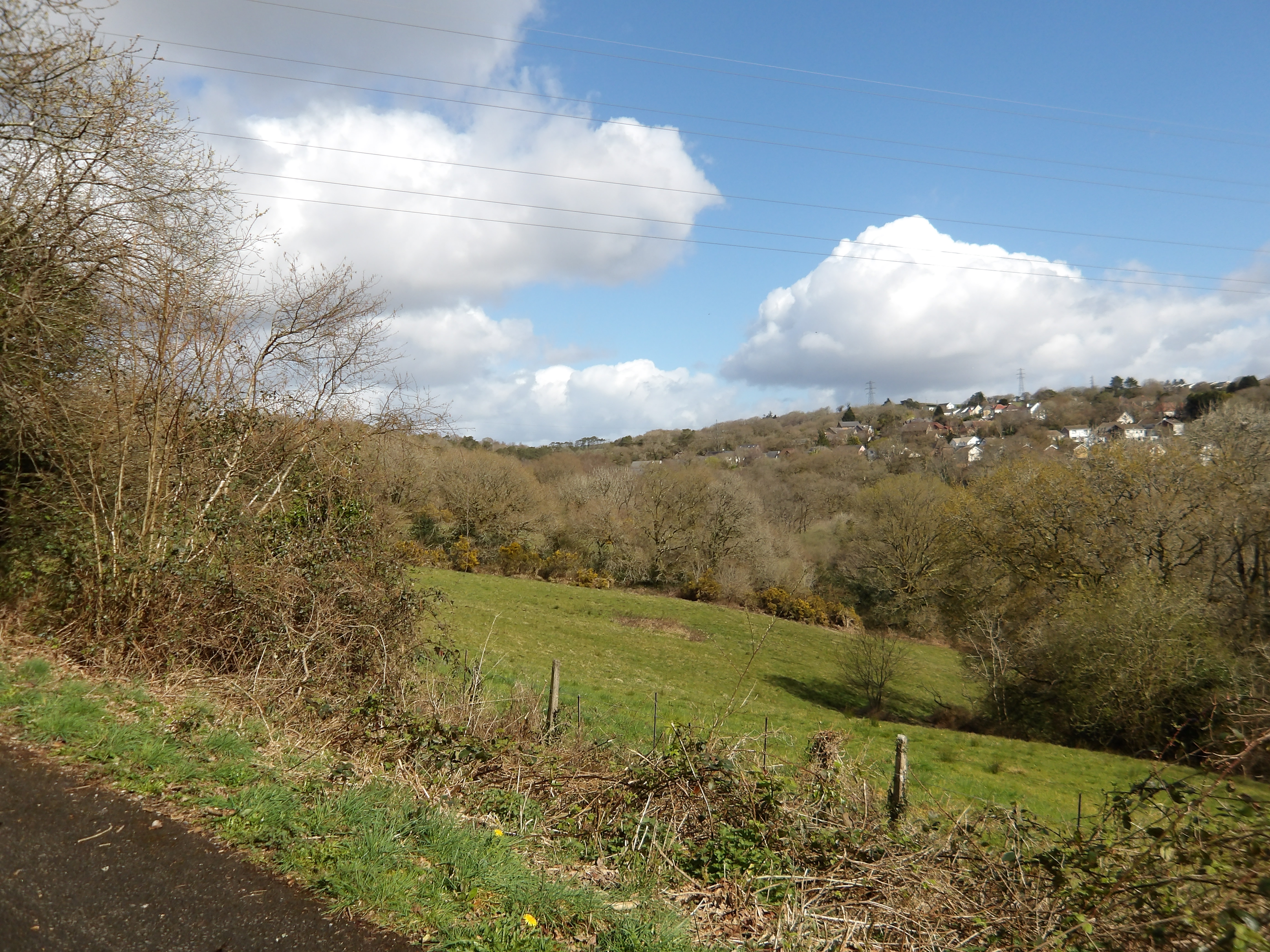


This is because, to digitally zoom, the camera has cropped in on the images, decreasing the resolution. You can still make out the components of the image though like the sharp lines of the roof of the house. You should zoom to 24x only when desperately needed, as you’ll be massively sacrificing image quality.
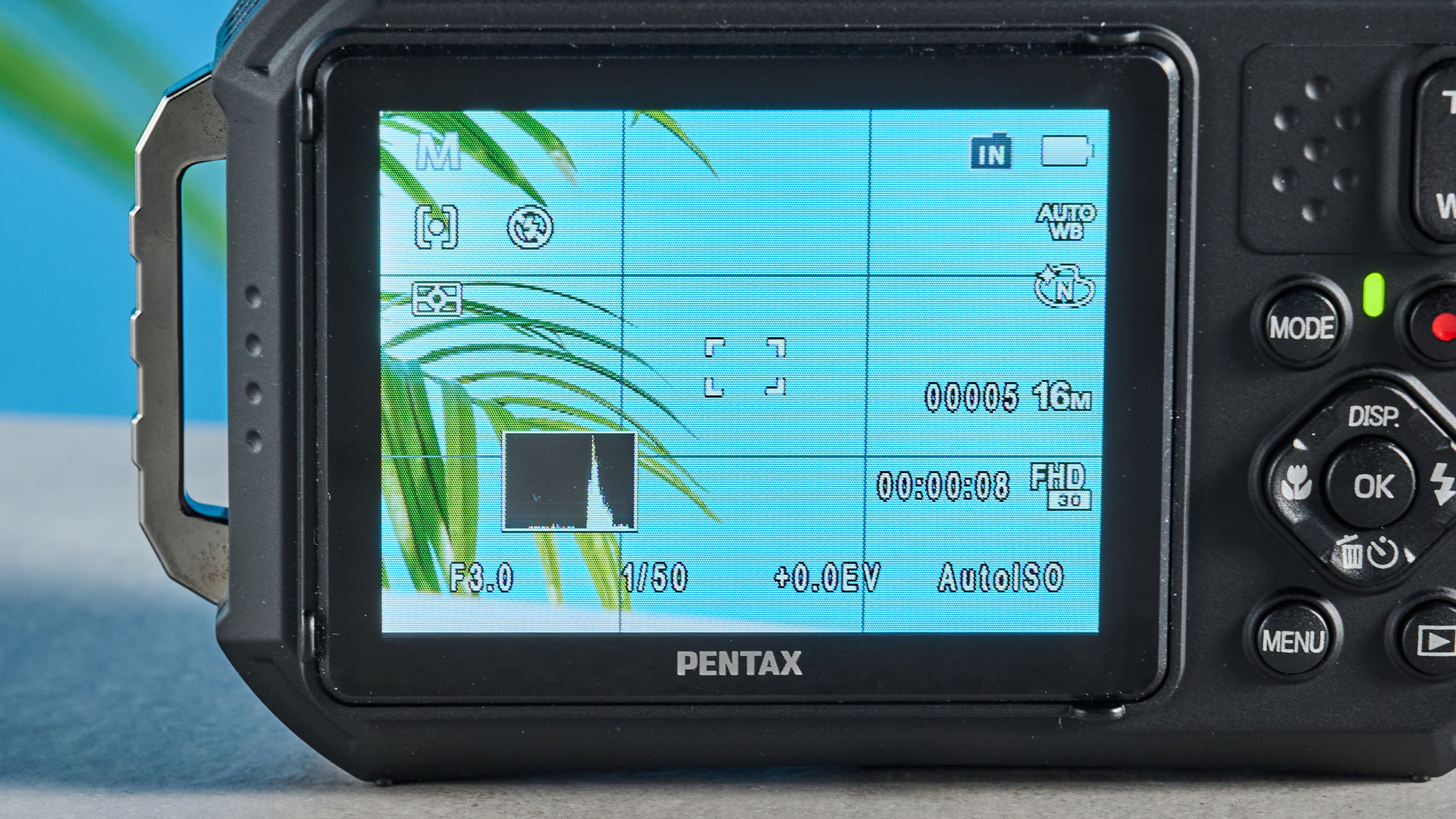
The WG-1000 has a maximum aperture of F3.0 when using the 4.9mm lens and F6.6 when using the 19.6mm lens and the 6x digital zoom. The F3 aperture will be better for out of focus backgrounds, however F3 still isn’t that wide (and F6.6 certainly isn’t), so this camera won’t be great in low light settings. The Kodak PIXPRO WPZ2 has a wider maximum aperture of F2.0 which lets more light hit the sensor, making it better for low light situations.
Much like the majority of compact cameras the WG-1000 is not fitted with a viewfinder, instead only possessing a color LCD screen. The screen resolution is a measly 230,000 dots, so I wasn’t able to get a very good idea of how the images turned out until I uploaded them to my desktop when I had finished shooting.
Pentax WG-1000 review: Image quality
While you can’t expect image quality on a par with the best mirrorless cameras from any compact camera (except maybe the Fujifilm X100VI), the Pentax WG-1000 performs well for the price. The sensor resolution is just 16MP but for the sake of protecting your more expensive equipment from the elements, this is totally worth it.
I took my Sony a6100 on a hike in the welsh mountains, not accounting for the conditions at cloud level and instantly regretted it. So in those moments, I would surely reach for the Pentax WG-1000 again.
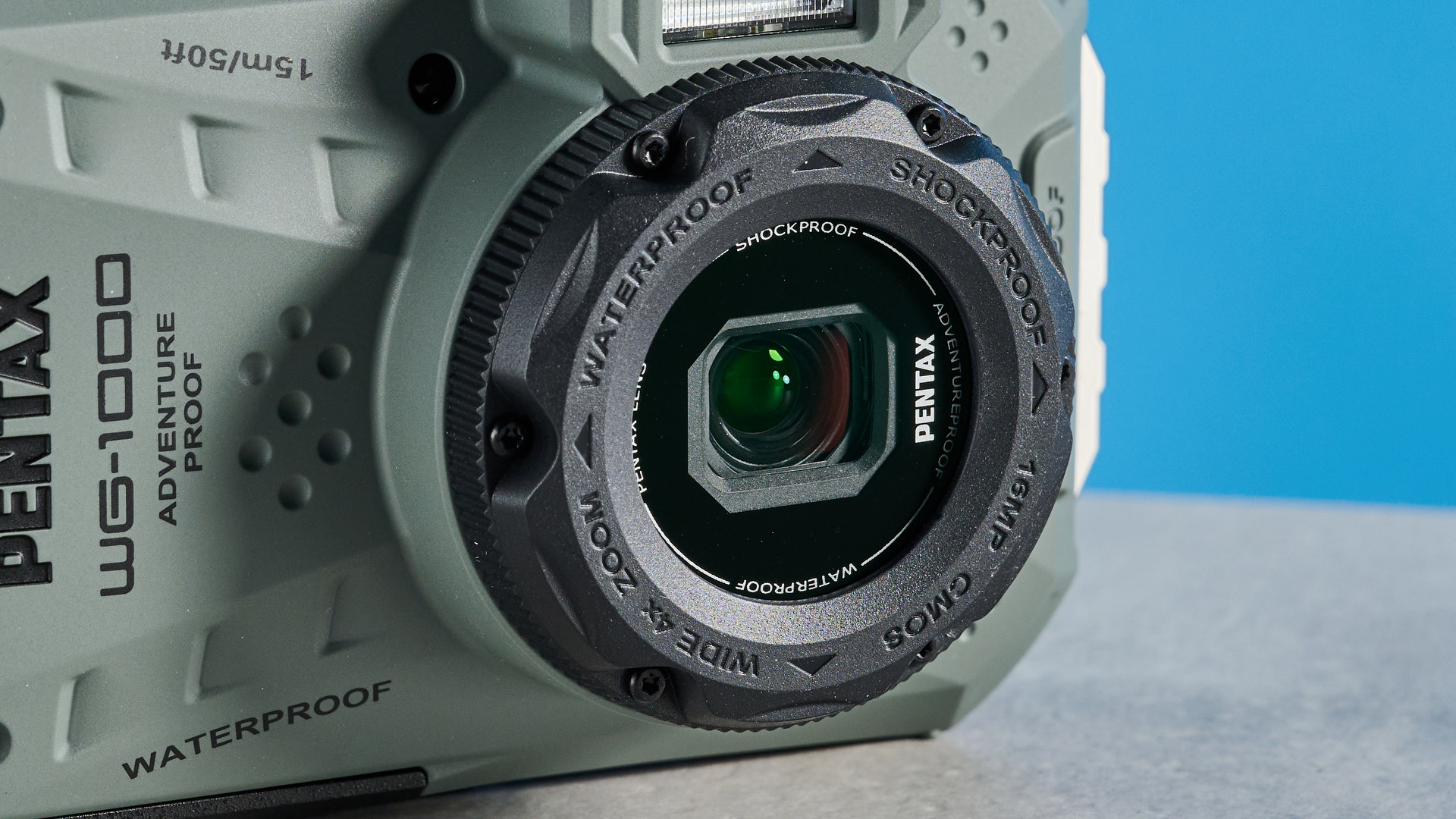
At just 16MP resolution, I wouldn’t expect a ton of detail, but the WG-1000 performs pretty well with the specs it has.
In the gallery below, the second image is a crop into the first: the picture is still pretty detailed but definitely not very sharp. The edges of the butterfly’s wings aren’t clear, and the same can be said for the leaves of the plants. So while you can crop the images, you’re better off getting a little closer to preserve quality.
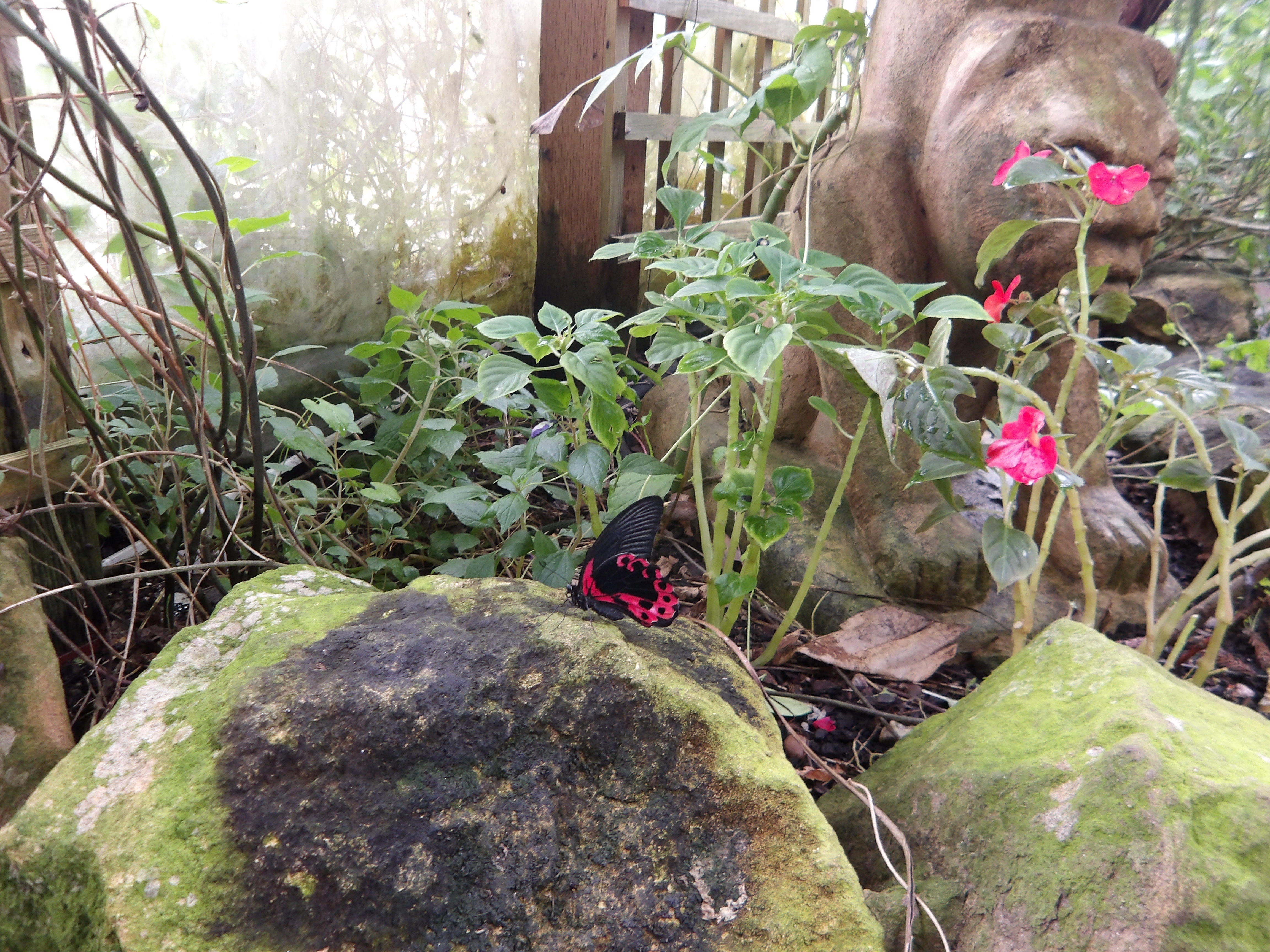
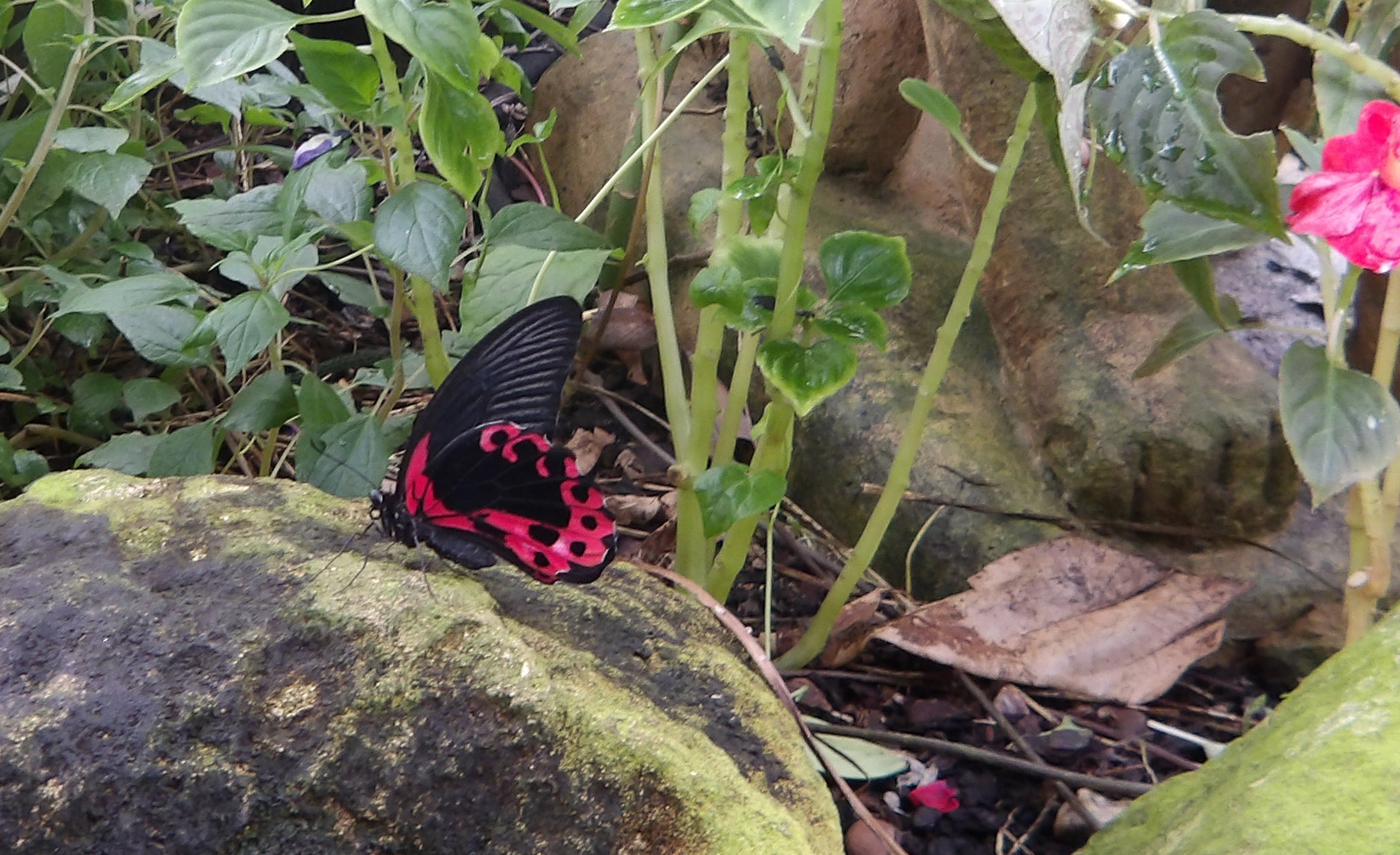
The camera produces rich but natural colors, as can be seen in the picture of the butterflies on fruit below. The color from the fruit and the blue of the butterfly’s wings is well saturated but remains true-to-life.
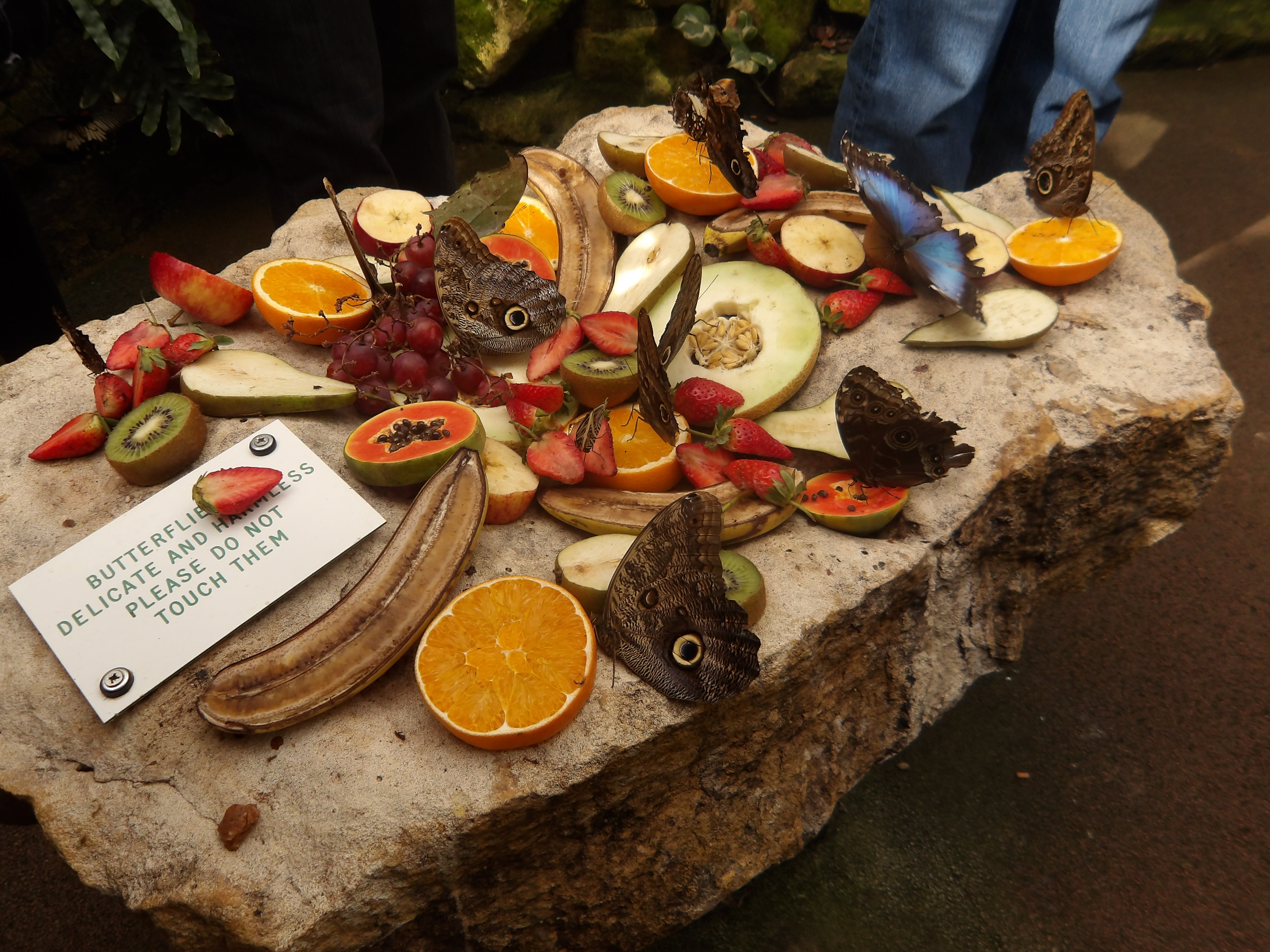
Real world dynamic range performance is pretty good for a sensor this small. In the photo below of the lake house patio doors, both the deep shadows of the room and the bright house exterior have been captured.
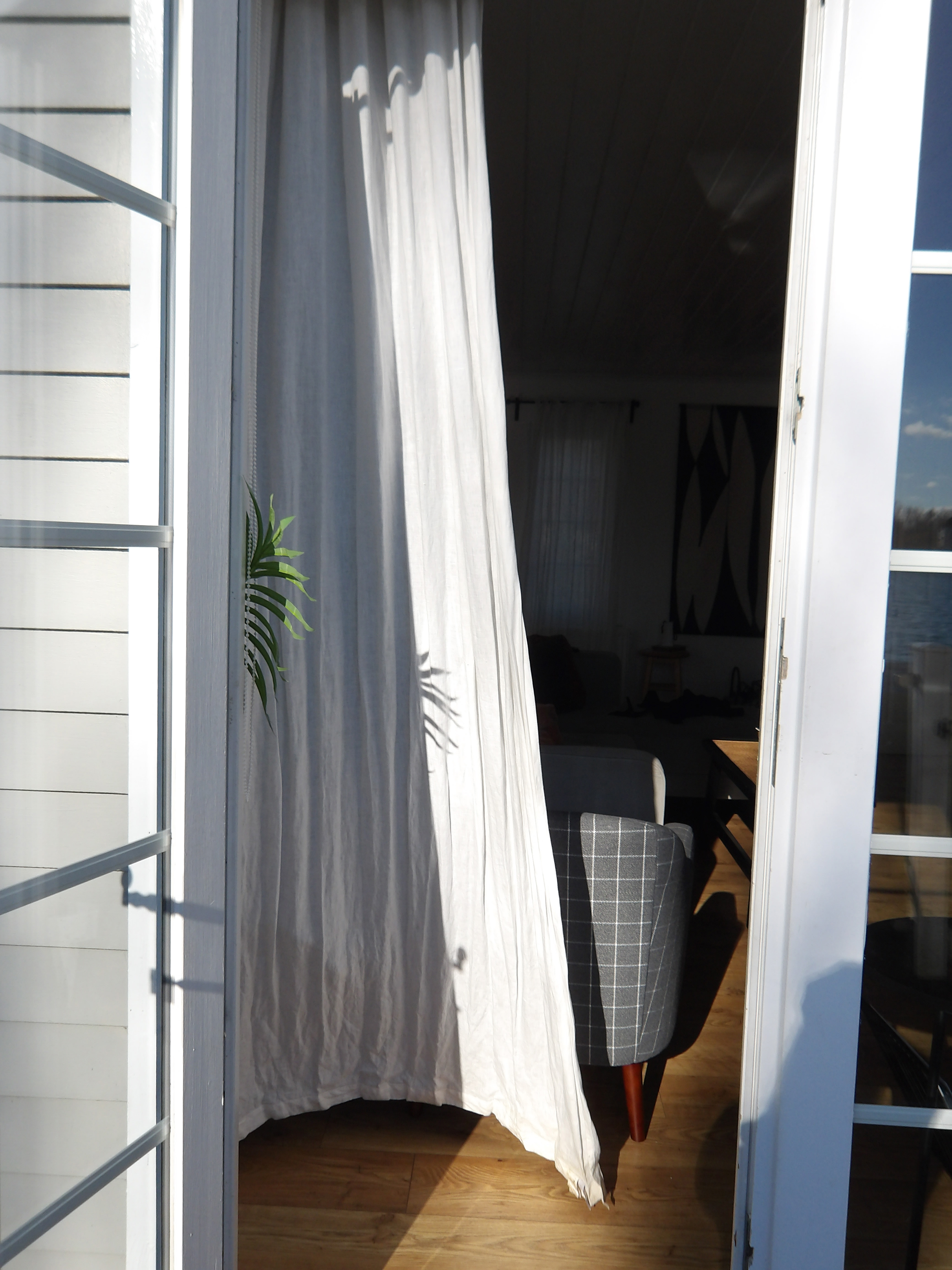
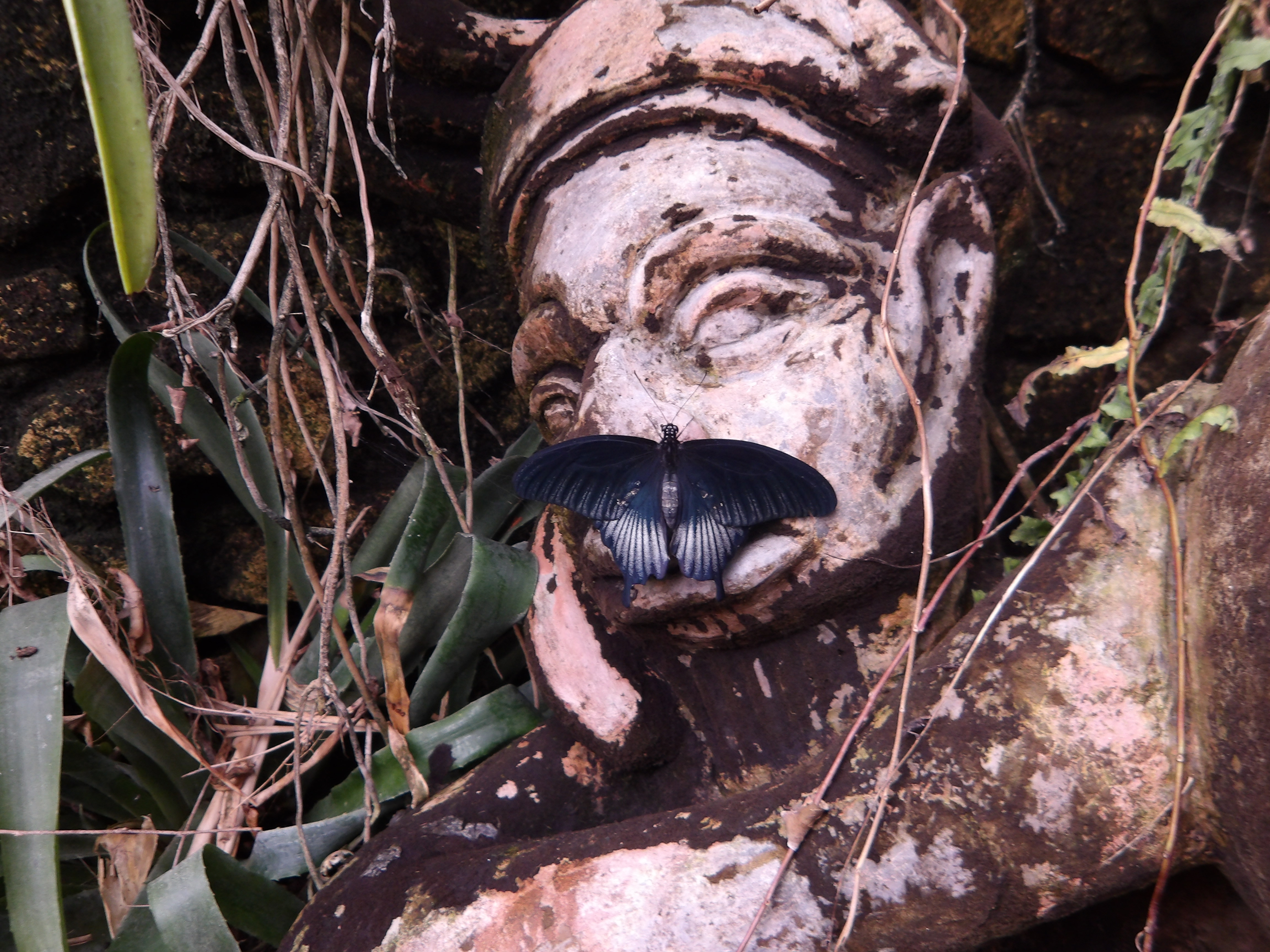
In the second image above of the navy butterfly on the statue, taken in Auto mode, the levels of contrast in the shot are pretty good. The contrast is strong, helping to delineate the butterfly from the background to feel three-dimensional and prevent the image looking flat, but it doesn’t feel unnatural.
Scene modes
I tested the landscape setting on Scene mode in the lake image below, which made the location look dreamy. The colours pop with plenty of vibrancy, although the peripheries of the image appear slightly blurry due to barrel distortion from the wide angle lens at 4.9mm.

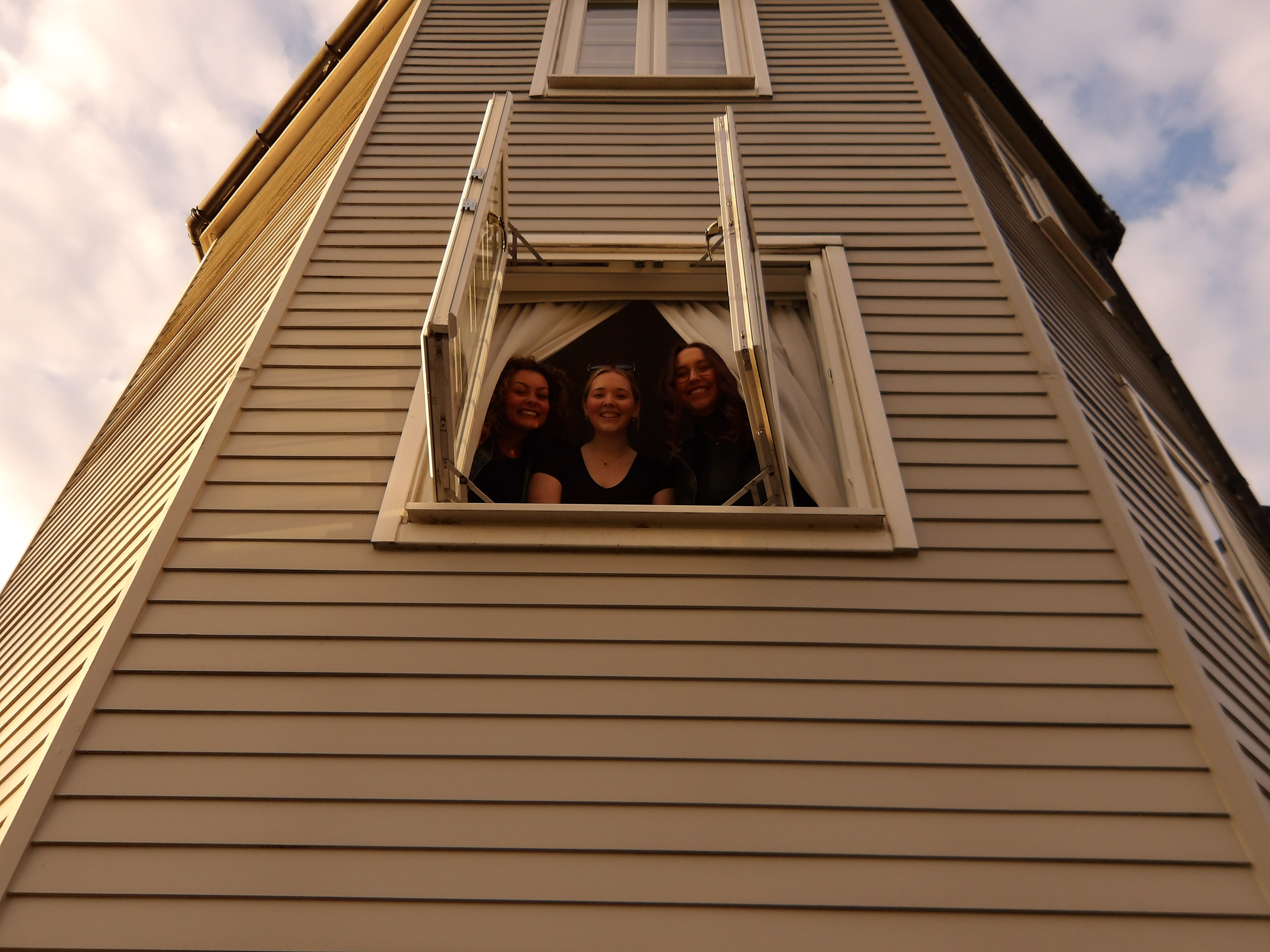
As you can see in the second image above, I took a quick snap of my friends in the window without realizing I had underwater mode on and this made the image appear sepia toned. This was a happy mistake as I ended up loving the aged, film-like look it gave the image.


In the above images, I tested out the macro setting by taking close-up pictures of flowers. The images were clear but not the sharpest once cropped in. In macro mode, the minimum focusing distance is around 5cm with the 4.9mm lens so I was able to get super close to the flowers.

In the image above, I used the architecture mode to capture the buildings sitting on the river Avon in Bath, U.K., and this setting brought out the detail in the brick of the bridge on the left of the image. However there is still blur at the peripheries from barrel distortion of the wide angle lens at 4.9mm (at around 28mm, this is where you’d want to be shooting for architectural images).
Pentax WG-1000 review: Video quality
The Pentax WG-1000 shoots video in 1080p at 30fps, the same as the Kodak PIXPRO WPZ2, which isn’t bad for a compact camera. The audio, however, isn’t great, with a near permanent crackling, even in quiet environments, which becomes pretty distracting. In the video clip below, this ruined the sound of the water, which was very calming and gentle in real life.
The camera has electronic image stabilization which is on automatically in still image mode, but it is not available in movie mode (where it’s most needed).
I don’t have the steadiest of hands but this camera amplified every minute movement. In the video of the pond, I had to stand incredibly still and there is still a lot of shakiness. If you’re planning on vlogging your adventures, I would skip this camera and spend extra on something with better stabilization, such as the Sony ZV-1F ($499).
Pentax WG-1000 review: Battery life
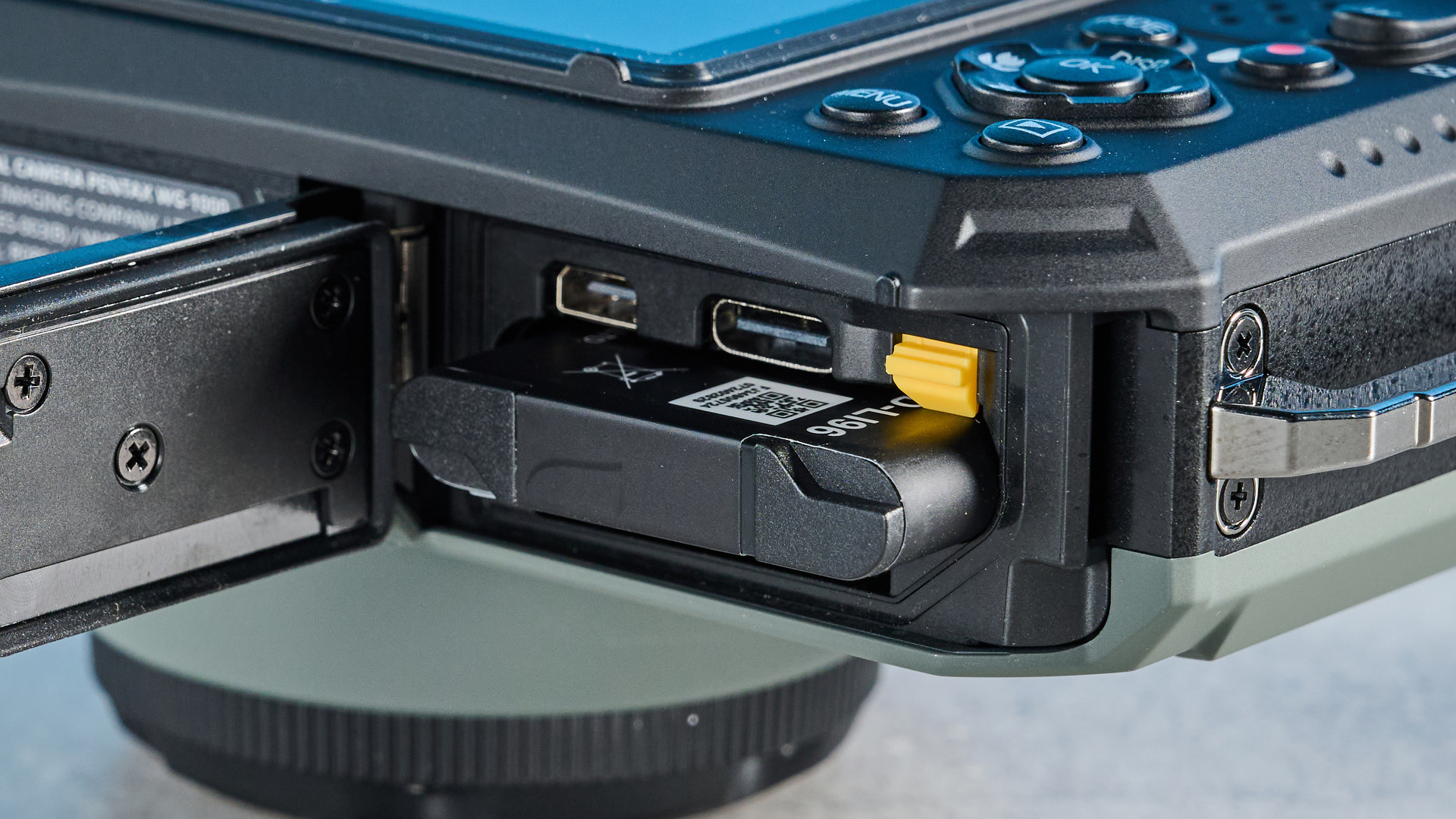
The Pentax WG-1000 has a rechargeable lithium-ion battery with a CIPA rating of approximately 300 shots. I used the camera to capture my entire weekend and it didn’t die on me (around 180 shots), and still left me with around half the battery remaining.
If you did want to extend the battery life though, Pentax advises decreasing the brightness of the LCD screen.
Pentax WG-1000 review: Verdict
Looking for a camera that can withstand pretty much any condition or circumstance? The rugged Pentax WG-1000 is definitely a contender.
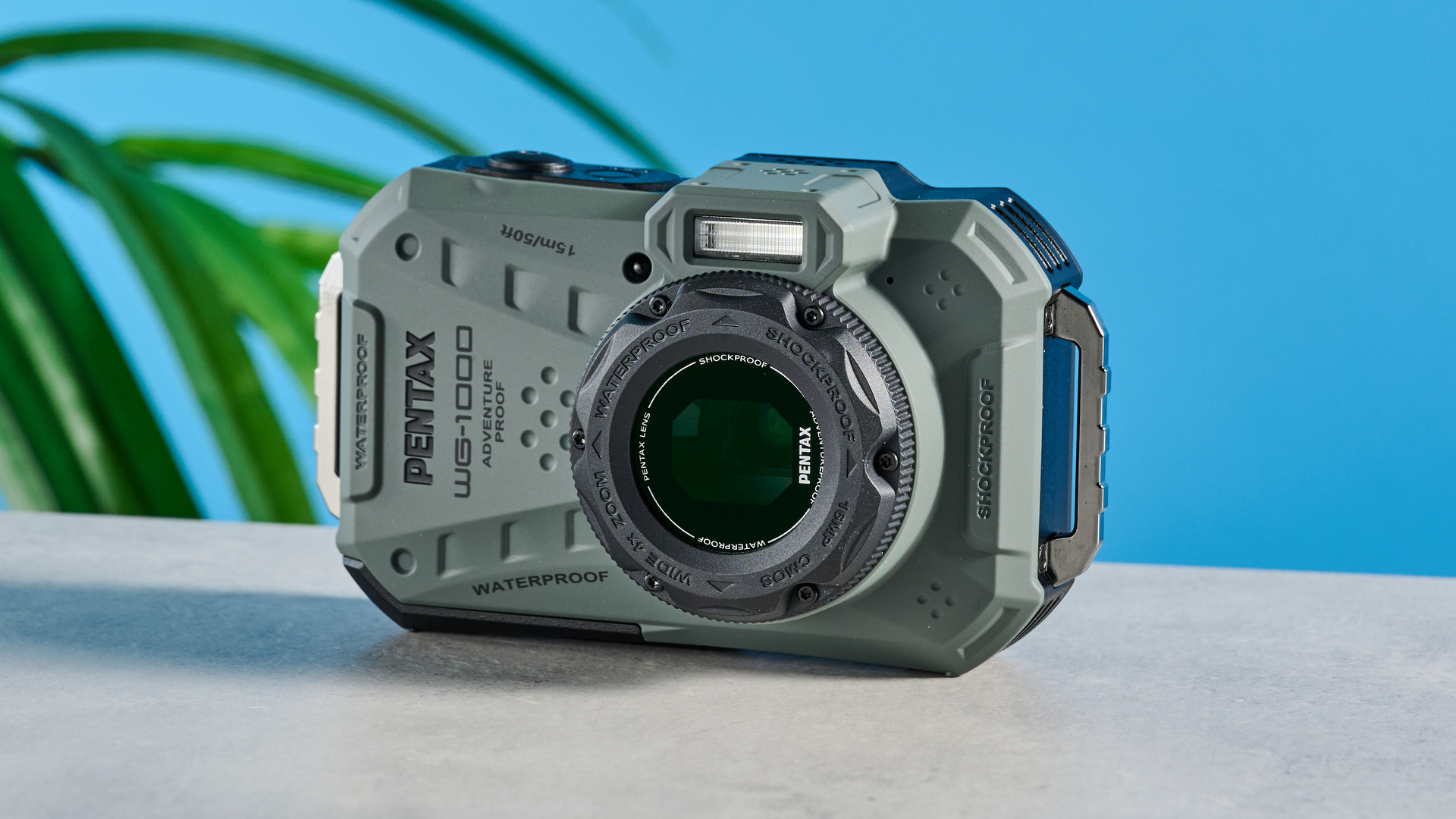
While the shots the camera produces aren’t the sharpest, there is no compromise on the color vibrancy for such a compact camera, and in natural lighting and outdoors environments this camera shines.
The ability to get up to 300 shots on a single charge, is awesome and the number of modes mean you are covered for any situation. This does seem realistic since I was able to get 180 shots with half the battery life.
For under $200, this rugged camera is an absolute steal. Although the instability of the video is not great, for the sake of not having to worry about your equipment getting water damaged on a hike, it’s a pretty fair trade off

Ashley is a staff writer on the the Reviews team at Tom’s Guide. She has a master’s degree in Magazine Journalism from Cardiff University and a BA in Journalism, Media and Sociology. She has written for titles including Women’s Health UK, writing health and wellness stories, and Virgin Radio UK, specializing in entertainment news and celebrity interviews. She has reported on a variety of topics including music, literature, motorsport, entertainment and health, and has her own bookish newsletter, Ashley’s Reading Nook.She has previously reviewed live music events, books, and wellness products but finding the best way to listen to new music releases is essential for Ashley, so discovering the top audio equipment on the market is what she does best.When she is not testing out the latest tech, you can find her either curled up with a cup of tea and a good fantasy novel or out hiking.
You must confirm your public display name before commenting
Please logout and then login again, you will then be prompted to enter your display name.
